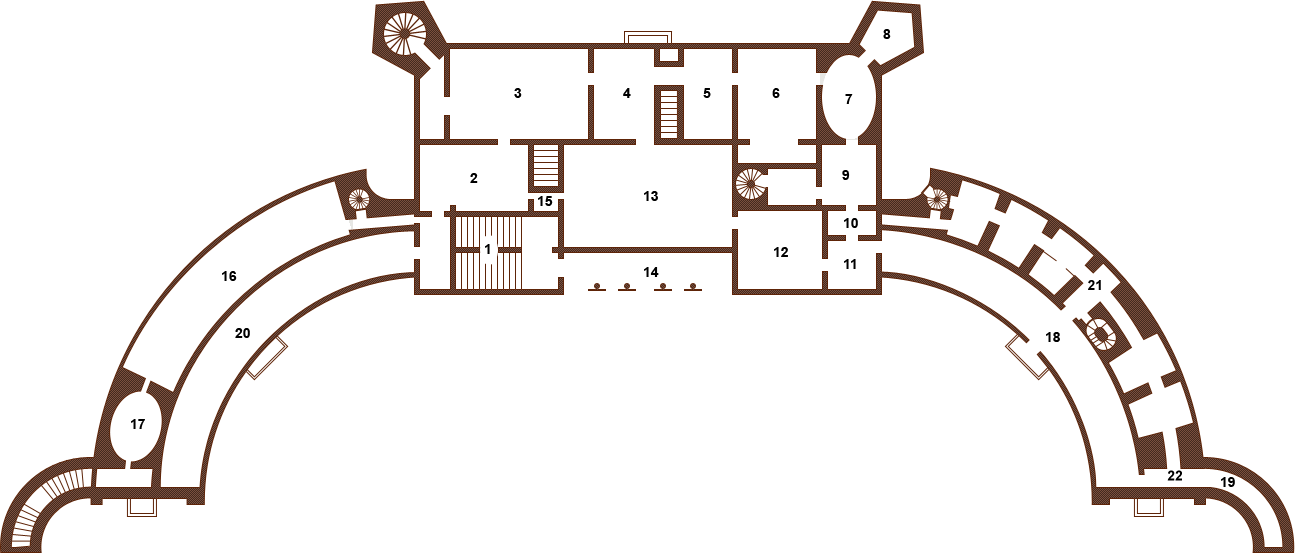The Ceremonial Staircase
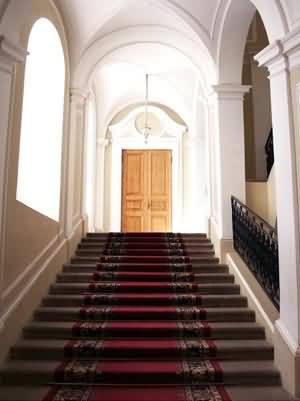
The Staircase leads out from the Vestibule, faced with Pudost limestone, into the staterooms and up to the second floor of the Main Building. As part of the mid-19th century remodelling, the walls of the upper landing were hung with canvases made by Russian painters showing views of Gatchina.
The Anteroom
The Marble Dining Room
The Upper Throne Room of the Emperor Paul I
The Crimson Drawing Room
The State Bedchamber
The Oval Boudoir of the Empress Maria Feodorvna
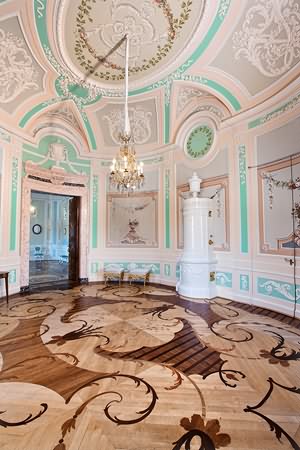
This room was used as a smaller drawing room. Of particular interest are the polychrome wall paintings depicting vases of fruits and garlands of roses. Plant ornaments can be traced in the parquet floor patterns and the plasterwork decorating the ceiling, covering and frieze.
The Tower Study of Empress Maria Feodorovna
The Dressing Room of Empress Maria Feodorovna
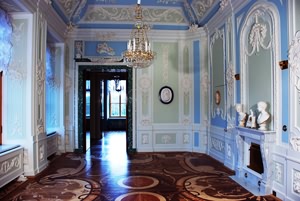
The decor of the dressing room immediately reveals the skills of Antonio Rinanldi as interior designer. The richly decorated interior that the architect created was, to be sure, appealing to a woman - a variety of garlands, wreaths and flower bouquets, thyrsi, and images of birds that never repeat themselves.
Passage Room
The Green Corner Room
The Throne Room of Empress Maria Feodorovna
The White Hall
Balcony
Rinaldi’s Passage Room
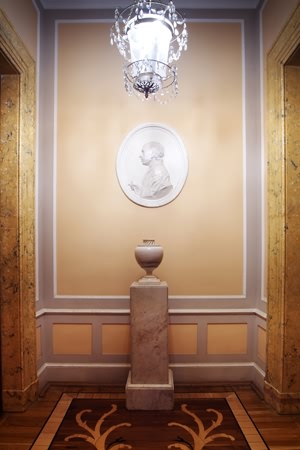
This room was created to commemorate the great Italian architect and the first architect of the palace. The sculptured portrait of Rinaldi is the work of F.I. Shubin.
The Chesma Gallery
The Oval Room
The Greek Gallery
Light-filled Passage
The exhibition “Arms Collection from the Gatchina Palace”
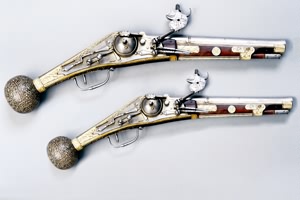
This renowned collection comprises over 1,000 items made by famous European and Russian gunsmiths in the 16th to 19th centuries who worked in Dresden, Suhl, Vienna, Prague, Florence, Moscow, Tula, and St.Petersburg. On display are the finest examples from the collection, which was started by Count G. Orlov, Gatchina’s first owner.
